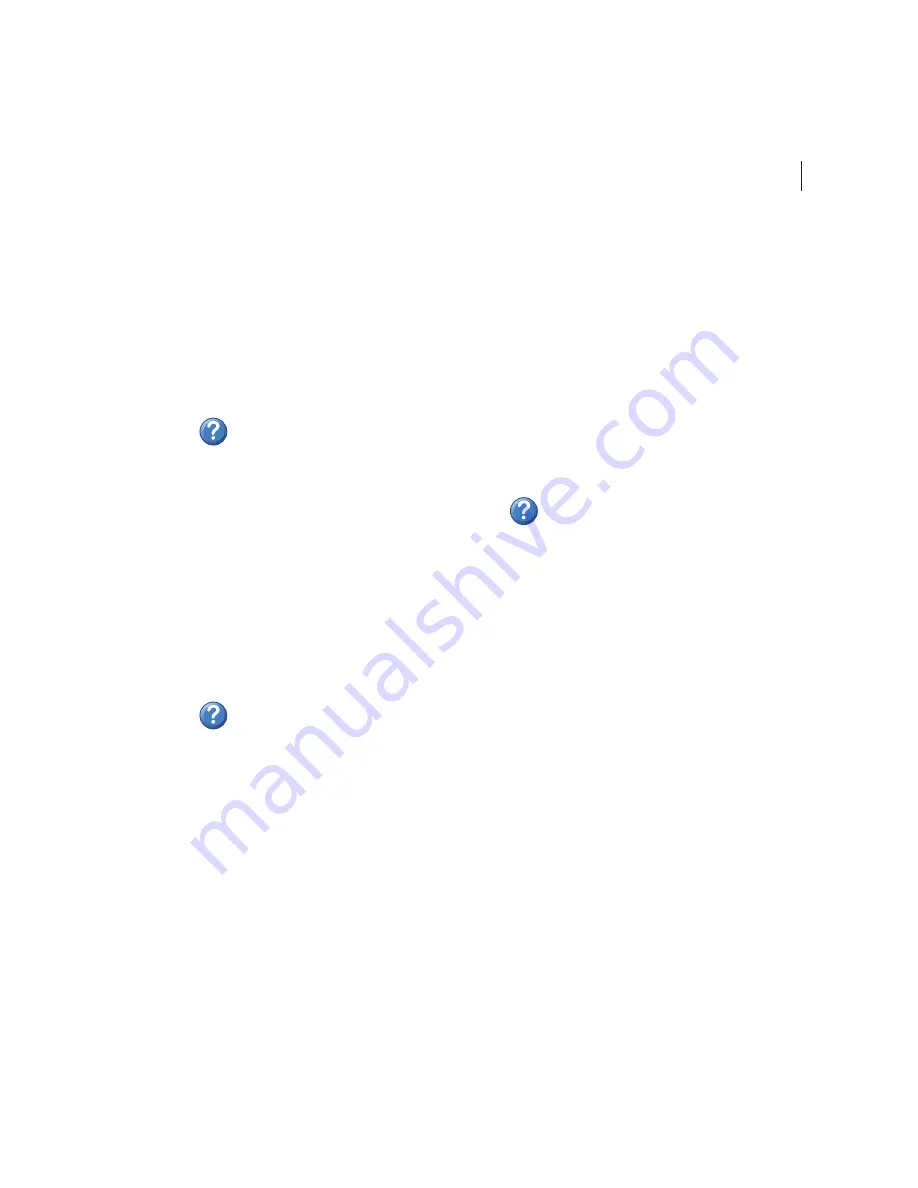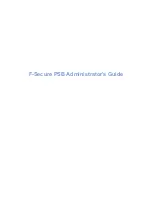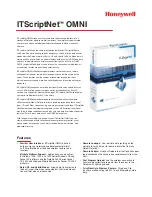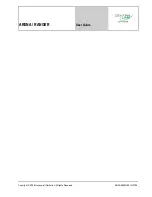
33
ADOBE INDESIGN CS PAGEMAKER EDITION
User Guide Supplement
You can use the Find Font command to quickly
replace fonts that are missing, or to substitute one
font for another to change the look of your
document.
When you preflight your document, InDesign
notifies you if fonts are missing in your document
or from any graphics you’ve imported. (See
“Printing high-end design files” on page 39.)
For more information about handling missing
fonts, or finding and changing fonts, see
InDesign Help.
Paragraph composition
InDesign offers two methods of paragraph
composition. The Adobe Single-line Composer
composes text one line at a time and is most
similar to PageMaker’s text composition. The
Adobe Paragraph Composer looks at entire
paragraphs when deciding where to break lines.
The Paragraph Composer results in more
professional typesetting with better ragging, even
letter and word spacing, and fewer hyphens.
For more information about composition
methods, see InDesign Help.
Tracking and kerning
InDesign provides kerning and tracking features
comparable, though not identical, to those in
PageMaker. Use the Character palette or Control
palette to adjust spacing between pairs of text
characters. InDesign offers these kerning options:
•
Use manual kerning to precisely adjust the
amount of space between two characters. This is
identical to manual kerning in PageMaker.
•
Use Metrics kerning to space characters
according to metrics (settings) specified in the
selected font. Metrics kerning in InDesign is the
same as Automatic pair kerning in PageMaker.
•
Use Optical kerning to have InDesign calculate
ideal spacing based on the outlines of specific
glyphs. This is similar to Expert kerning in
PageMaker.
Tracking in InDesign is called “range kerning” in
PageMaker. In InDesign, tracking applies the same
spacing value to every character in a selected range
of text, regardless of font size.
For more information about kerning or
tracking, see InDesign Help.
Creating tables
Using the built-in table functionality in InDesign,
you can create, edit, and format tables directly in
your document, instead of using a separate
application. You can format text in tables using the
same typographic controls and paragraph or
character styles that you would use for text outside
tables. You can add graphics to tables, embed a
table inside another table, apply alternating colors
to rows and columns, and more. Tables you create
can flow automatically across page and column
breaks as your layout changes.
















































